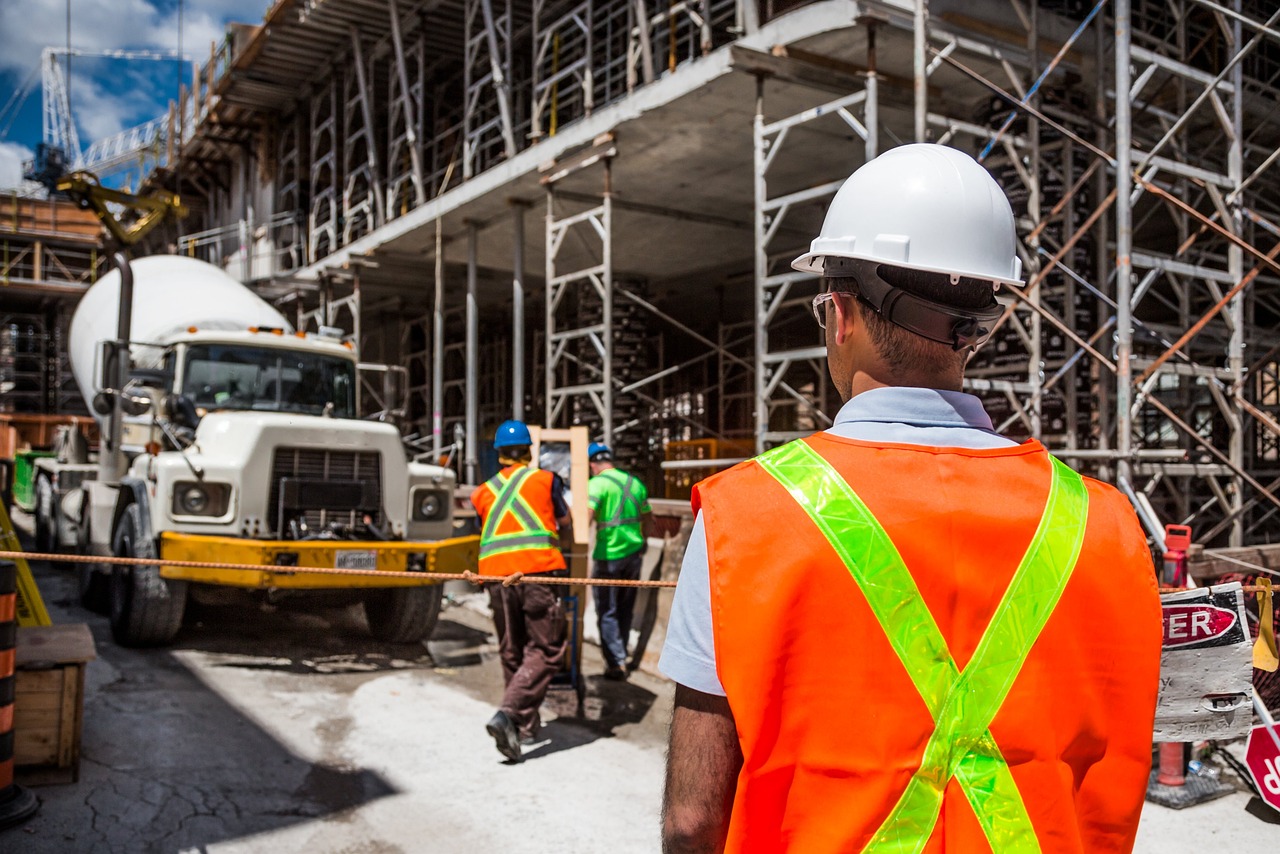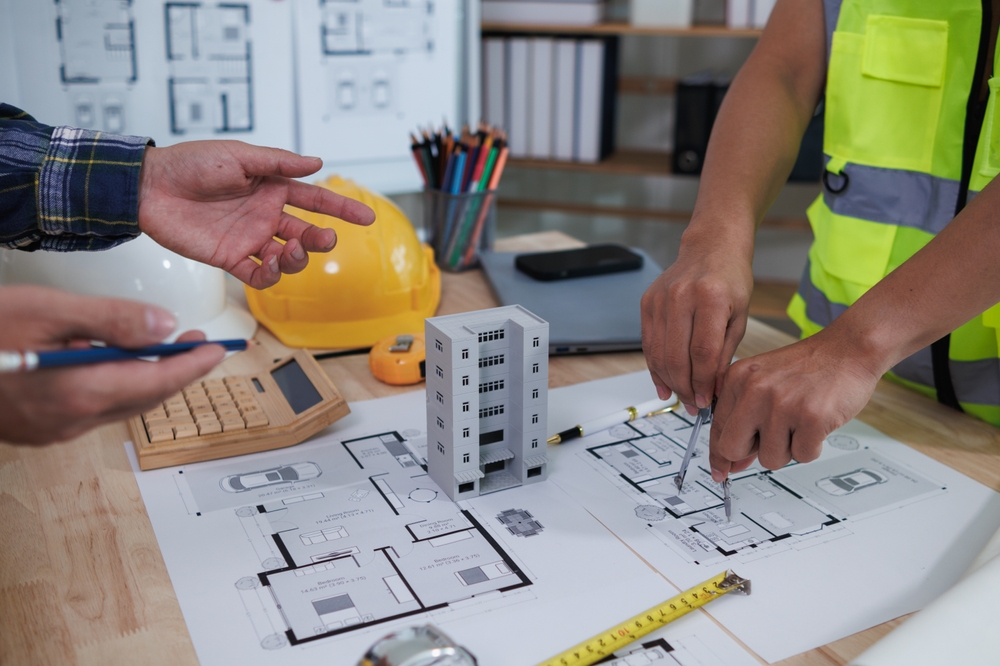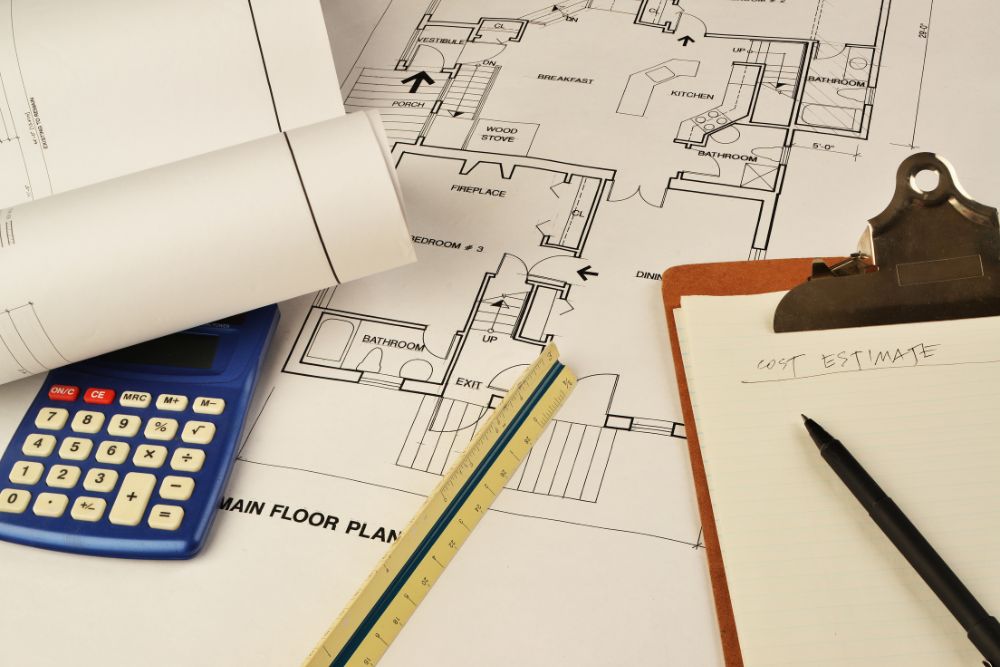A cost-estimating database is a valuable tool for construction and project management. So, what is a cost estimating database? It is a system that stores all the important cost information for a project. Keeping this data organized and up-to-date helps contractors and project teams make accurate estimates, plan budgets, and manage project costs with confidence.
Using a cost estimating database also saves time, reduces mistakes, and keeps projects on track financially. In this blog, we will examine the significance of construction cost management and its key characteristics. Also, there are best practices to help you plan and manage costs more effectively.
What Is a Cost Estimating Database?
A cost estimating database is a system or tool that stores information about the costs of materials, labor, equipment, and other expenses needed for construction projects. It collects and organizes this data so that it is easy to access and use when planning or estimating a project.
By using a cost estimating database, contractors and project teams can create accurate estimates, plan budgets, and control project costs. It helps reduce mistakes, save time, and make better financial decisions throughout the construction process.
Why a Construction Cost Database Is Important
Making decisions about construction costs is one of the most critical parts of any project. A construction cost database enables you to make informed decisions based on actual data.
Accurate Estimates
A cost database gives current prices for materials, labor, and equipment. This helps you create realistic estimates and bids, avoid surprises, and stay on budget.
Better Budget Control
You can track actual costs versus estimated costs. This helps identify problems early, allows for quick adjustments, and keeps the project on budget. Reasonable budget control also builds trust with clients.
Smart Financial Planning
A cost database aids in both short-term and long-term planning. You get real-time prices for bids and historical trends for future projects. This enables you to plan costs, set goals, and make better decisions.
Confident Decisions
With accurate cost data, you can compare options and make informed plans. This reduces surprises and helps your projects run smoothly.
Key Components of a Construction Cost Database
A construction cost database has five main parts. Here’s what you need to know:
- Material Costs: Prices of all materials needed for a project, like concrete, steel, wood, and finishing products. Your database should have up-to-date, region-specific prices to make accurate estimates.
- Labor Rates: Wages and benefits for workers, including skilled tradespeople, laborers, and supervisors. Your database should include current rates and any union requirements.
- Equipment Costs: Expenses associated with renting or purchasing machinery and tools, including cranes, excavators, and scaffolding. Accurate equipment pricing helps you budget properly.
- Subcontractor Fees: Typical fees for specialists, such as plumbers, electricians, and HVAC contractors. Knowing these helps you estimate costs accurately and make competitive bids.
- Indirect Costs: Expenses not directly tied to construction, like overhead, insurance, permits, and contingency funds. Including these ensures your budget is complete and realistic.
Steps to Build a Cost Estimation Database
Building a cost estimation database is essential for creating accurate project cost estimates. Here’s a simple step-by-step guide to help you get started.
1. Define the Scope
First, decide what your database will cover. Think about the types of projects or industries it will serve. Also, identify the cost elements you want to include.
2. Gather Data
Next, collect data from reliable sources. Use historical project records, industry reports, and expert opinions. Ensure the data is up-to-date and covers various project scenarios.
3. Categorize Cost Elements
Then, organize the data into categories such as labor, materials, equipment, overheads, and contingencies. This makes analysis and estimation easier.
4. Establish Cost Models
After that, create cost models based on the collected data. Consider the project’s size, complexity, location, and other relevant factors. Use formulas or simple calculations to accurately estimate costs.
5. Validate and Refine
Compare your estimates with actual project costs. If there are differences, refine your models. Doing this repeatedly will make your database more reliable.
6. Document Assumptions
Write down any assumptions made during estimation. This provides clarity and transparency for your team and stakeholders.
7. Keep It Updated
Update your database regularly. Include new data, industry trends, market changes, and technological advancements. This keeps your estimates accurate.
8. Incorporate Feedback
Ask project managers, estimators, and other users for feedback. Make improvements based on their suggestions to fix any gaps or limitations.
9. Create a User-Friendly Interface
Design an easy-to-use interface. Make it simple to navigate and ensure information is clear and accessible.
10. Train Users
Finally, train your team to use the database. Share guidelines and best practices for accurate cost estimation.
By following these steps, you can build a strong and reliable cost estimation database. It will save time, reduce errors, and improve project planning.
 Build or Buy Construction Cost Database Software
Build or Buy Construction Cost Database Software
A construction cost database is essential for accurate project estimates and budget control. When choosing one, you can either build your own or buy software. Here’s a simple comparison:
Option | Pros | Cons |
Build Your Own | Full control over data | Time-consuming to set up |
Buy Software | Ready-made, saves time | Less control over the database structure |
Useful Features of Software
Modern construction cost software comes with features that make estimating easier, faster, and more accurate. Some of the most valuable features include:
- Easy to Use: Simple interface that’s quick to learn
- Integration: Connects with project management and accounting tools to reduce errors
- Analytics & Reports: Shows cost trends, budgets, and project performance
- Cloud Access: Access from anywhere and collaborate in real-time
How a Construction Cost Database Helps in Project Planning
A construction cost database can help at every stage of project planning. Here’s how it supports accurate estimates and financial success:
Initial Budgeting
A cost database gives up-to-date prices for materials, labor, and equipment. This helps you create a realistic budget that matches current market costs.
Detailed Estimation
Use your database to estimate costs for every part of the project. Accurate data makes your forecasts more reliable and helps you submit competitive bids.
Cost Control and Monitoring
A cost database helps you track spending. You can compare actual costs with estimates, spot overruns early, and take action before problems grow.
Financial Reporting
The database can also generate reports on budget performance, cost trends, and overall project finances, giving your team clear visibility into the project’s financial health.
Tools and Software for a Cost Estimation Database
Using the right tools makes creating and managing a construction cost database easier, faster, and more accurate. Here is the software used in calculating the construction cost Database:
- Spreadsheet Software: Excel, Google Sheets
- Database Systems: MySQL, Oracle, SQL Server
- Cost Estimation Software: CostOS, WinEst
- Data Visualization Tools: Tableau, Power BI
- Collaboration Platforms: Microsoft Teams, Slack
Managing Construction Cost Database Challenges
Creating and managing a construction cost database presents challenges, including maintaining accurate, secure, and user-friendly data. Here’s how to handle these challenges effectively:
Challenge | How to Handle It |
Data Accuracy | Update costs regularly |
Data Security | Use secure logins and encryption |
Team Training | Give regular training |
Regular Reviews | Compare data with current market trends |
Using Software | Software can manage data and security |
FAQs
What Are The Three Primary Methods Of Cost Estimating?
The three main methods are analogous, parametric, and bottom-up estimating. Analogous uses past project data to guess costs. Parametric calculates costs using unit rates. Bottom-up adds up the costs of each part to get the total.
What Are The Three Significant Factor Costs?
The three main costs are labor, materials, and equipment. Labor is wages and benefits. Materials are all construction supplies. Equipment includes renting or buying tools and machinery.
What Are The 5 Levels Of Cost Estimation?
The five levels of cost estimation are: Order of Magnitude, Preliminary, Definitive, Control, and Bid/Detailed, each providing increasing accuracy as the project progresses.
What Should I Look For When Choosing A Construction Cost Database?
Look for accuracy and current data. It should be easy to use and work with other tools. Cloud access helps teams work together. Ensure it has security features to protect data.
What Is The Most Accurate Type Of Cost Estimate?
The detailed or bid estimate is the most accurate. It uses full project info and detailed calculations. It is best for budgeting and contractor bids.
Conclusion
In conclusion, understanding what is a cost estimating database is significant for construction projects. It helps you organize costs, create accurate estimates, and manage budgets easily. Also, it reduces mistakes and keeps projects on track.
Moreover, using the right tools and software makes cost tracking and reporting much easier. For professional help, Prime Estimation can provide expert cost estimating services. They help you plan more effectively, control project costs, and ensure your projects are profitable.
Contact Prime Estimation today to get accurate estimates and streamline your construction planning.


 Build or Buy Construction Cost Database Software
Build or Buy Construction Cost Database Software









